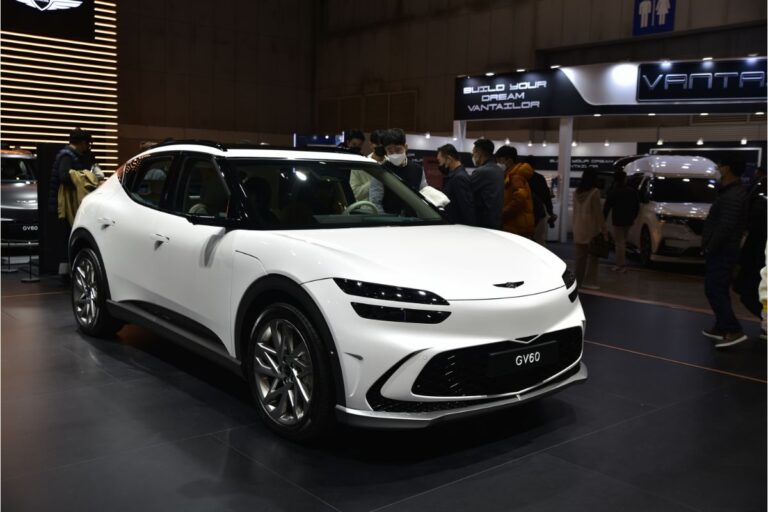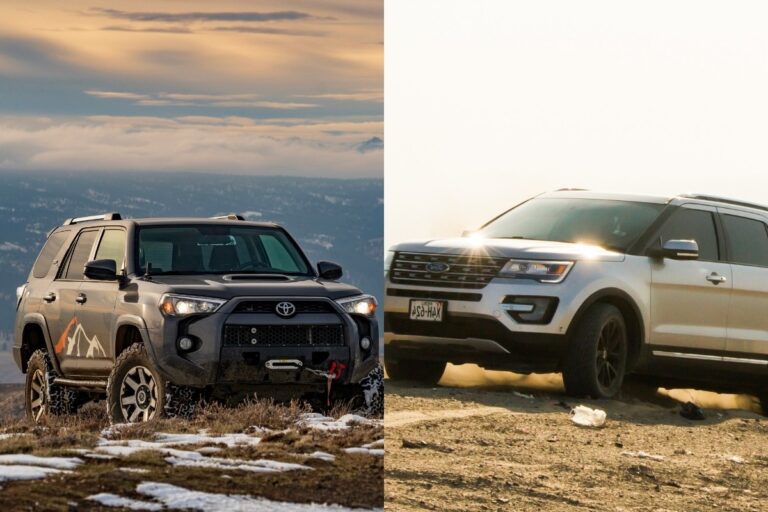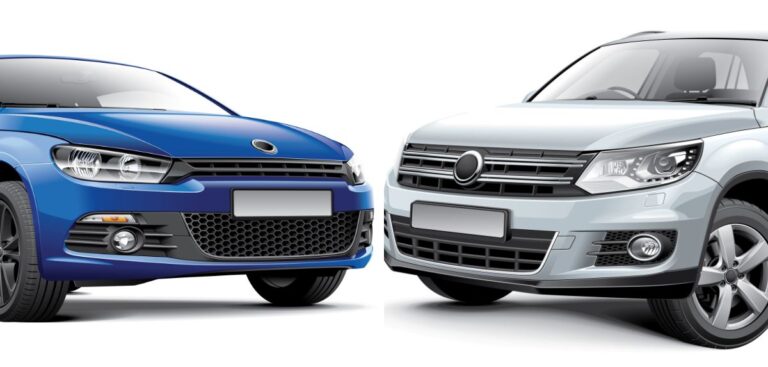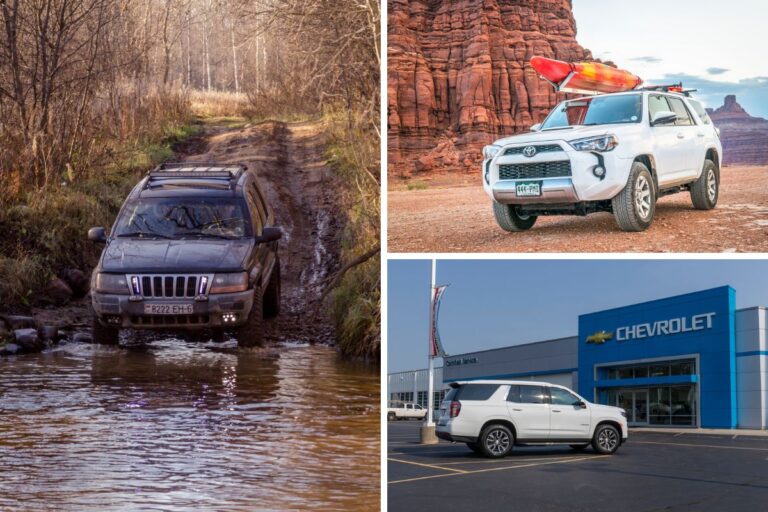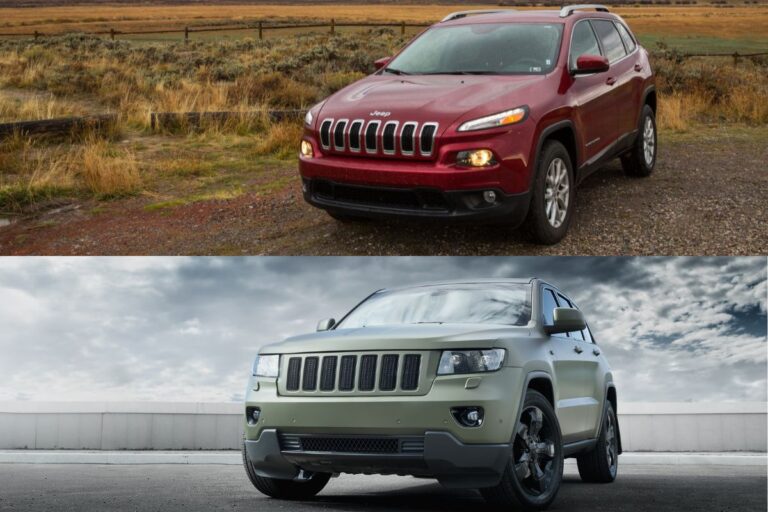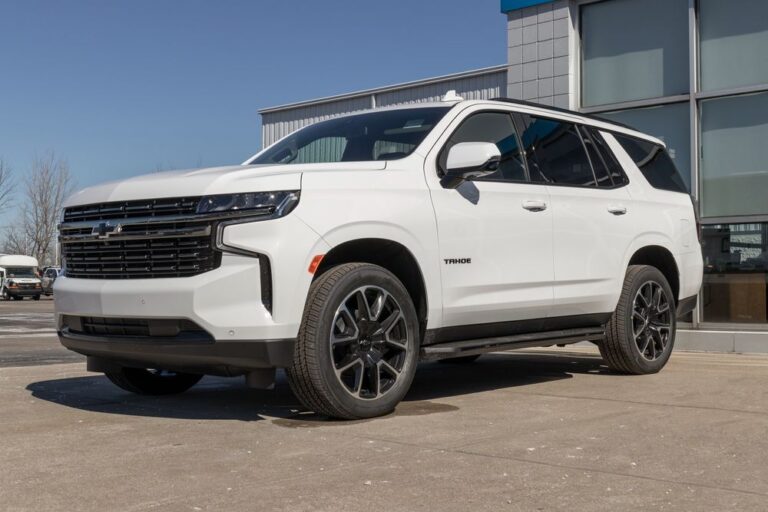
There are many different types of SUVs on the market, from small, fuel-efficient SUVs to large, luxurious models.
In the United States, they top the charts as some of the most popular vehicles, and nearly every manufacturer has their own SUV offering.
History of Sports Utility Vehicles
The first SUVs were created in the 1930s, and they were used by the military to transport troops and cargo. These Jeep-style cars (or actual Jeeps) grew in popularity.
The first civilian SUV was the Chevy Wrangler in the 1950s/ The popularity of SUVs increased in the 1990s, and today they are one of the most popular types of vehicles on the market.
Their spacious interiors, larger frames, and sporty looks make them a popular choice for adventurers and families alike. the market.
Now, there are many types of SUVS available on the market. Which one is the best for you? Read on and compare the different styles.
Reasons to Drive an SUV
There are many reasons to drive an SUV. Many people find that they offer a more comfortable ride than a smaller car, and they also have more space for passengers and cargo.
SUVs also tend to be more stylish than sedans or minivans, and they often come with features like sunroofs and DVD players.
Some people prefer the feel of driving a larger vehicle, and others find that an SUV’s four-wheel drive is useful in inclement weather or for off-road adventures. No matter what your reasons are, there’s an SUV out there that’s perfect for you.
Different Types of SUVs
Now that you know some of the reasons to drive an SUV, let’s take a look at the different types of SUVs that are available on the market.
The small SUVs are perfect for people who are looking for a fuel-efficient vehicle with plenty of style. These cars are often based on small economy cars, but they have been beefed up to handle the demands of off-road driving.
Small SUVs often come with four-wheel drive, which makes them a good choice for people who live in areas with challenging weather conditions.
Larger SUVs are perfect for families who need a lot of space. These vehicles often have three rows of seating, which allows them to accommodate up to seven passengers.
Many of these SUVs also come with features like DVD players and sunroofs, which make them more comfortable and enjoyable to drive.
Now that you know more about the different types of SUVs on the market, you can decide which one is right for you.
Whether you’re looking for a small and fuel-efficient vehicle or a large and luxurious SUV, there’s an option out there that’s perfect for you.
1. Crossover SUVs
These models are a mix between a car and an SUV, offering features of both vehicles. It is also known as a “car-based” SUV. 9.Crossovers blend aspects of SUVs and minivans or sedans for the best of both worlds.
They are often smaller and more fuel-efficient than other SUVs, making them a popular choice for families. Their profile is lower and sleeker.
There are a couple types of crossover SUVS and they are organized by their size.
a. Compact SUVs

These are the smallest of the bunch and great for city driving as well as getting into small parking spaces.
b. Subcompact SUVs

Combine features of larger cars and smaller ones in one package. Drivers get plenty of options for customization and what they need when they are one the road.
For example, they can choose from two wheel drives or four wheel drives depending on what your needs are. The smaller frame of a subcompact SUV will also have better handling. It can be good for younger drivers or families.
Some examples of subcompact SUVs are Chevy Trax, Jeep Renegade, Honda HR-V, and Nissan Juke. A subcompact SUV gives driver an elevated view of the road, and they can feel safer when they are higher up.
When compared to other SUVs, a subcompact is lighter and can have better fuel efficiency.
2. Luxury SUVs

These vehicles are designed for those who want the luxurious features and amenities of an SUV, but don’t want to sacrifice performance or style.
You will see leather interiors, amped-up engines. premium audio systems, and navigation systems. Examples of luxury SUV include the BMW X5, Cadillac Escalade, and the Mercedes-Benz GLE.
3. Electric SUVs

As electric cars become more popular, so do electric SUVs. These vehicles offer all the benefits of an SUV with the added bonus of being environmentally friendly. This means seating for five or more people in bigger cabin.
Examples of an electric SUV include the Tesla Model X and the Ford Fusion Energi.
4. Sport SUVs

These are SUVs that have been designed for performance and driving excitement. They have powerful engines and sporty designs. Adaptive suspension systems and all-wheel drive torques give them that sporty edge.
Examples of a sport SUV include the Porsche Cayenne and the Jeep Grand Cherokee SRT.
5. Off-road SUVs

These vehicles are built for taking on difficult terrain. They often come with four-wheel drive and extra features like skid plates and hill descent control. Your off-road SUV works just as good on the highway as on the trails.
Examples of an off-road SUV include the Ram TRX, Jeep Gladiator Mojave and Land Rover Defender.
6. Mid-size SUVs

These models are a good compromise between size and fuel efficiency. They offer more space than a crossover SUV, but are still smaller and more efficient than a full-size SUV.
Examples of mid-size SUVs include the Honda CR-V and the Toyota RAV4.
7. Full-size SUVs

Full-size SUVs are largest on the market, and offer features such as three rows of seating and plenty of cargo space. They are ideal for larger families or those who need to tow trailers or boats.
Full-size SUVs usually have a V8 engine and can seat up to eight people. Some examples of full-size SUVs include the Chevrolet Tahoe and the Ford Expedition.
8. Hybrid SUVS

As gas prices continue to rise, hybrid SUVs are becoming more and more popular. These vehicles combine the fuel efficiency of a car with the size and features of an SUV.
They also let you charge them or use gas for extra range and versatility on road trips. Examples of a hybrid SUV include the Toyota Highlander and the Lexus RX 450h.
9. Truck-based SUVs

As the name suggests, these SUVs are based on trucks. They have a rugged look and feel and are perfect for those who need to tow heavy loads or take their SUV off-road.
Their frame is based on the size and shape of trucks and come in large or medium sizes. They have higher centers of gravity and they drive similarly to vans.
Bigger SUVs like these have larger 6 or 8 cylinder engines. Examples of truck-based SUVs include the Ford F-150 and the Chevrolet Silverado.
10. Minivan-based SUVs

These SUVs are based on minivans, and offer many of the same features. They usually have seven or eight-passenger seating, and plenty of cargo space.
Minivan-based SUVs often come with all-wheel drive, making them great for families who need a vehicle that can handle bad weather conditions.
Some examples of minivan-based SUVs include the Chrysler Pacifica and the Dodge Caravan.
Factors to Consider When Buying an SUV
When you’re ready to buy your SUV, there are a few things you’ll need to take into account. Here are some factors to keep in mind:
1. Budget
How much can you afford to spend on an SUV? Keep in mind that SUVs tend to be more expensive than sedans or hatchbacks, so you’ll need to set a budget before you start shopping.
2. Size
What size SUV do you need? If you have a large family, you’ll need a bigger SUV with more seating and cargo space. If you’re looking for something more fuel-efficient, a smaller SUV might be a better option.
3. Fuel type
What type of fuel do you want your SUV to use? Do you prefer gas, diesel, or electric? Keep in mind that some SUVs are hybrids, which means they can use more than one type of fuel.
4. Off-road ability
Do you need an SUV that can handle rough terrain? If you’re planning on taking your SUV off-road, you’ll need to buy one with four-wheel drive and extra features like skid plates and hill descent control.
5. Towing capacity
Do you need an SUV that can tow a trailer or boat? If so, you’ll need to find one with a high towing capacity.
6. Features
What features do you want your SUV to have? Do you need a third row of seating, or is leather upholstery and a sunroof important to you? Make a list of the features you want before you start shopping.
7. Brand
What brand of SUV do you prefer? Some people prefer domestic brands like Ford or Chevrolet, while others prefer foreign brands like Toyota or Honda.
8. Safety
Do you need an SUV with extra safety features? If you have a family, you might want to buy an SUV with automatic emergency braking and lane departure warning.
9. Warranties
What kind of warranty does the SUV come with? Most SUVs come with a standard warranty that covers the engine and transmission. However, you might want to buy an extended warranty that covers other parts of the vehicle.
10. Size
What is the size of the SUV?
When looking for an SUV, it is important to find one that fits your needs. Some SUVs are smaller while others are larger. The size of the SUV will play a factor in how much space is inside as well as how much you can tow.
If you have a large family, you may need a bigger SUV so that everyone has enough room. Conversely, if you are looking for something more fuel-efficient, a smaller SUV might be a better option.
In addition, the size of the SUV will also affect how easy it is to maneuver and park. Consider all of these factors when deciding on the size that is right for you.

